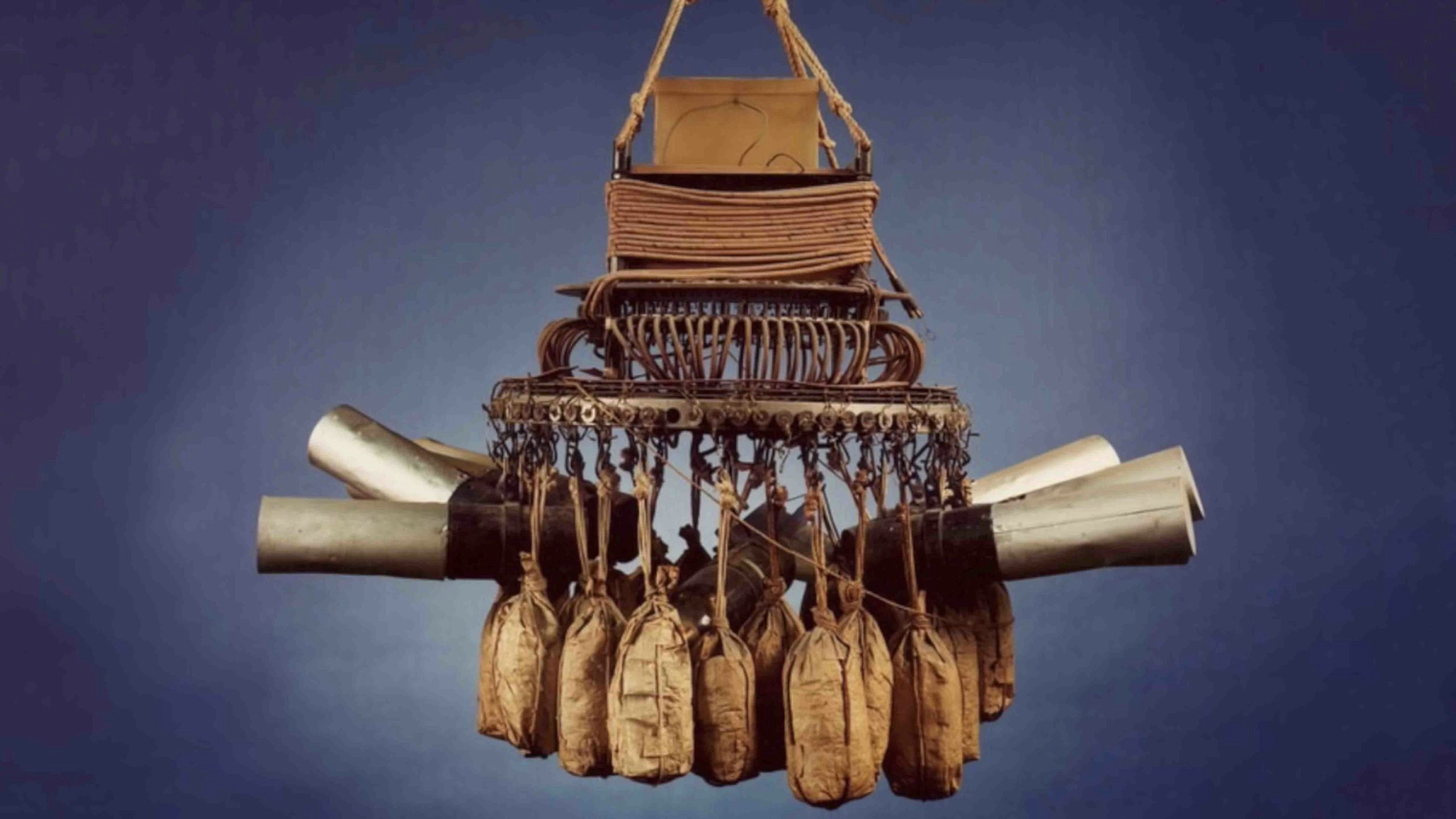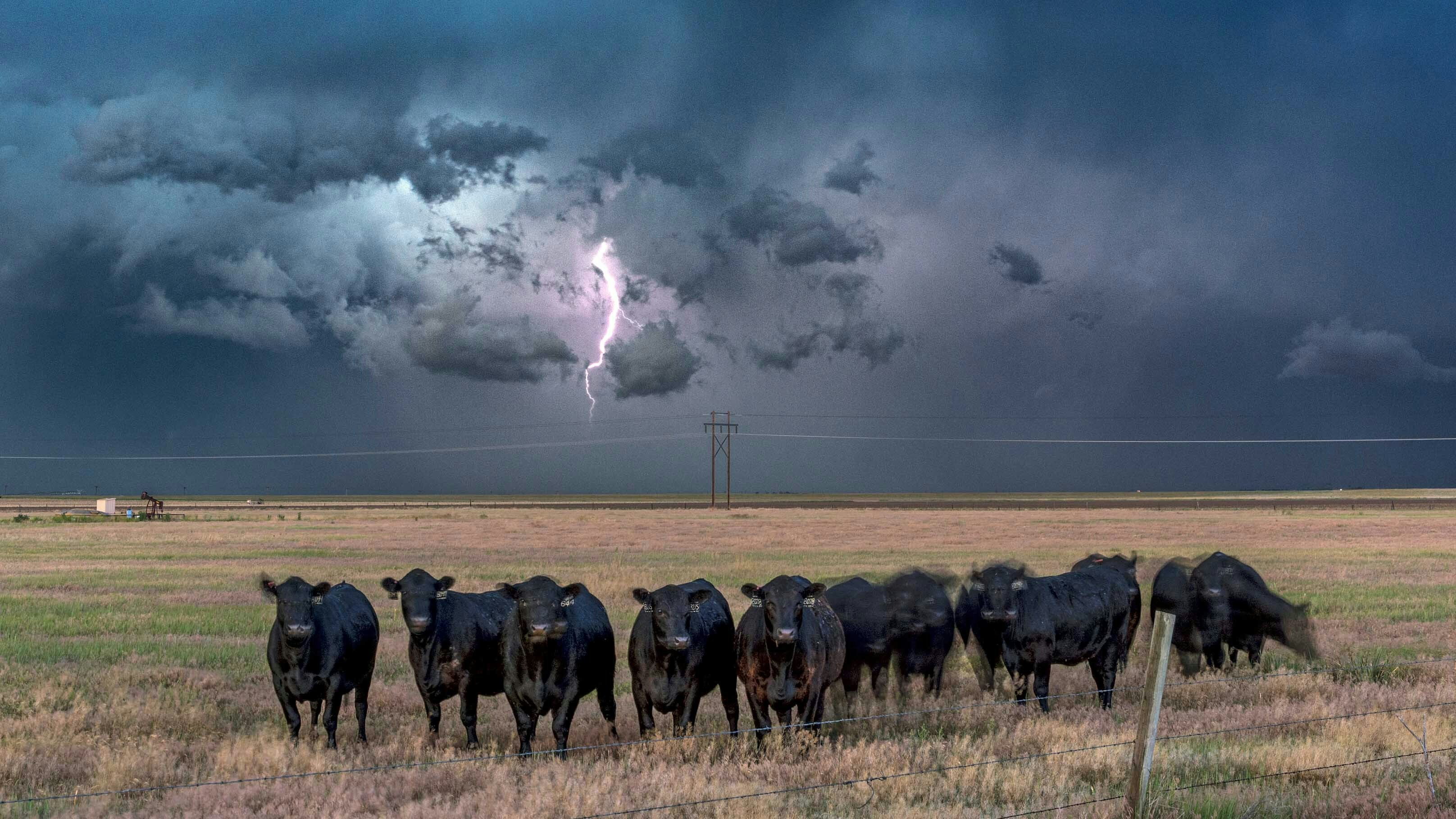Wyoming meteorologist Don Day will appear in a Discovery Plus documentary debuting this week about a little known attack on the United States involving balloons in World War II.
Yes, balloons. They don’t seem scary, unless you’ve read the Stephen King novel “IT,” but the Japanese actually used them as weapons during WWII.
Day will appear in the “Great Balloon Bomb Invasion” documentary, which will launch on the Discovery Plus streaming service on Thursday.
“I got a phone call from a balloon pilot friend in Pennsylvania who I’ve worked with on a lot of projects, and he told me he got a call from a production company and they had weather questions about how these guys could get balloons across the Pacific,” Day told Cowboy State Daily on Monday.
Between 1944 and 1945, the Japanese military launched more than 9,000 bomb-rigged balloons across the Pacific, counting on the wind to carry them over American soil, where they could cause damage.
About 300 of the balloons were found in the United States and one was blamed for the deaths of six people in Oregon. Some of the devices were found in Wyoming.
There were eight confirmed Fu-Go balloon bombs found in Wyoming near Thermopolis, Basin, Manderson, Kirby, Powell, Glendo, Newcastle and Gillette.
Day said there were also unconfirmed sightings of balloon bombs near Cheyenne and Fort Collins, Colorado.
One bomb exploded near Thermopolis in December 1944, creating a crater, according to a document from the Smithsonian Museum provided by Day.
The Wyoming weatherman noted that the Japanese intended to use the bombs more for psychological warfare than as truly devastating weapons. However, the United States kept the bomb sightings under wraps, mostly to keep people from panicking.
“By keeping it under wraps, it kind of nullified what the Japanese were trying to do, because it was really terrorism,” Day said. “They’re trying to freak people out, start forest fires and create an environment where you can’t feel safe.”
In the documentary, Day and another meteorologist run a computer simulation to determine where in the United States the balloon bombs might have fallen, as he believes about a third of the 9,000 balloons actually made it the U.S.
Unfortunately, he could not say what conclusions they reached, but said all would be revealed in the documentary.
“I will say, when I go out in the woods now to hunt or hike and I see something that looks like old mining equipment, I’m looking at it completely different,” he said.
There are likely still balloon bombs in the wilderness all across the western United States, particularly in Wyoming, Montana, Idaho, Washington and Oregon, and it is very possible they are still active.
“Be careful out there,” Day said.





